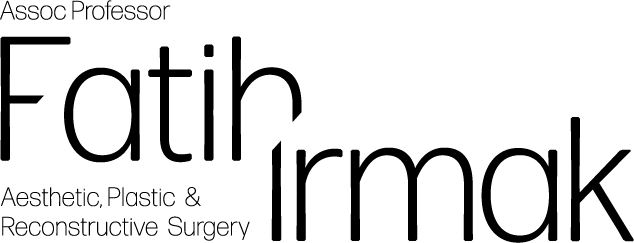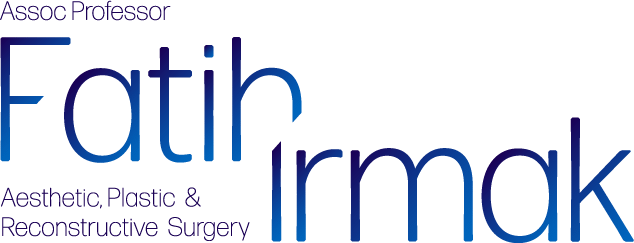
What is facelift (rhytidectomy)?
A facelift – also known as a rhytidectomy – is a cosmetic surgical procedure used to restore a more youthful appearance to the face and neck. A facelift primarily addresses aging in the lower face and neck.
The face ages in many ways, but we are most aware of the skin surface. The skin itself loses elasticity and droops from where it is fixed around the orbit, the ears, nose and mouth. The soft tissues comprising of fat and muscle, and the bone itself resorb, deflating the firmness of youth.
During this surgery, deep lines and creases are smoothed, jowls are removed, and neck skin is tightened. A facelift will take about 10-15 years off your face.
In this procedure it is not just the skin, but also the underlying muscle of the skin, called the platysma, are put back to proper levels with surplus skin removed from around the ears. It is commonly combined this lifting with the filling out of fat grafting, of the chin, jawline, lips, cheeks and temples.
The trend in facelift surgery now places more emphasis on restoring lost volume and replacing tissues back to their natural position. A successful facelift does not rely on removing lots of skin and pulling the skin tight. There is typically only minimal skin removal performed during a facelift. Generally speaking, most patients will have some loose skin in the jowl area and some loose skin of the lower face and neck. Restoring the lost volume in the face is perhaps more important during facial rejuvenation.
This is accomplished by way of a fat transfer which removes fat from one area of the body (ex. abdomen) and then transfers it to another area (ex. face/cheeks). This is also combined with elevating the soft tissues of the face (called “SMAS”) to ensure a more youthful appearance to the midface and jawline.
The goal of a successful facelift is to look younger and natural.
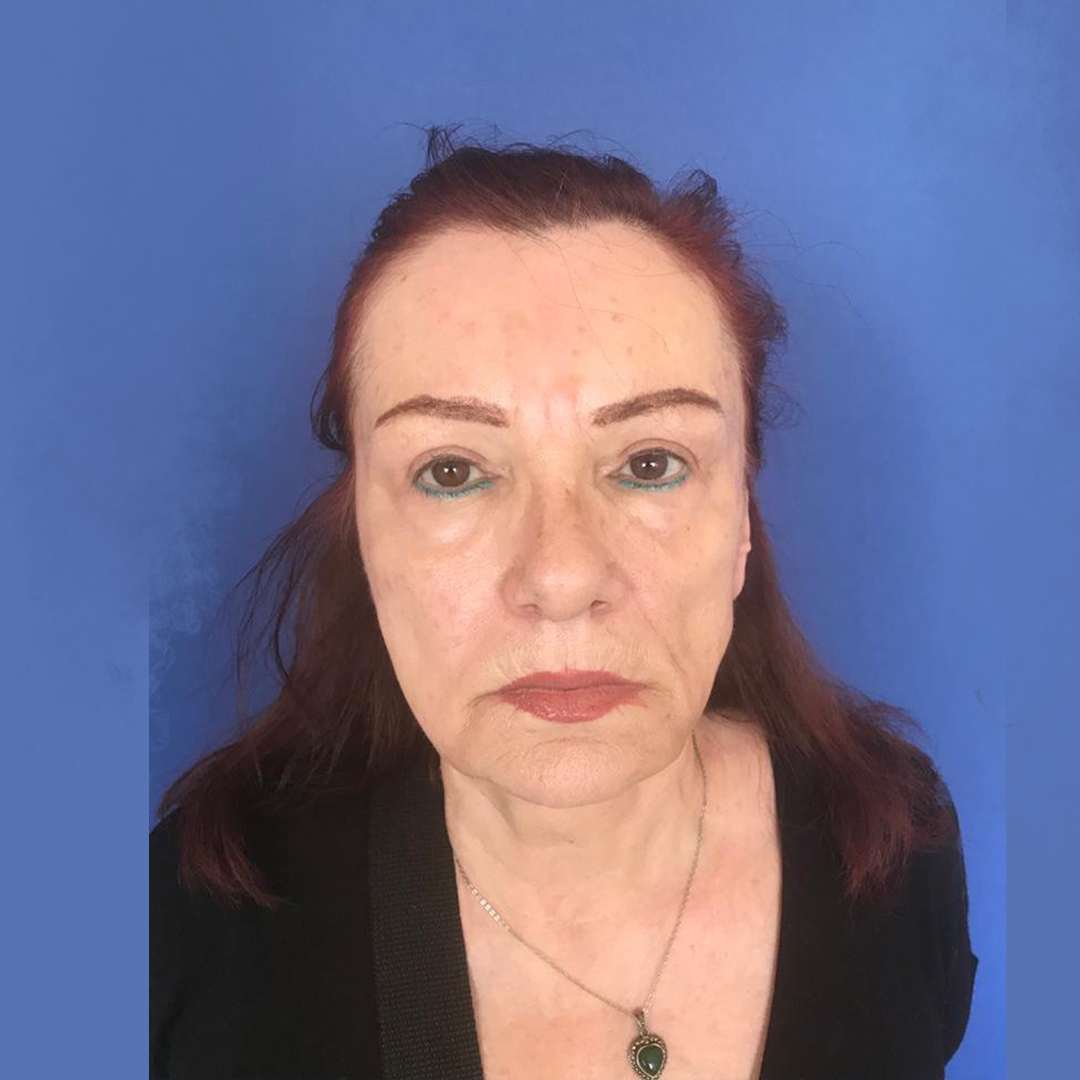
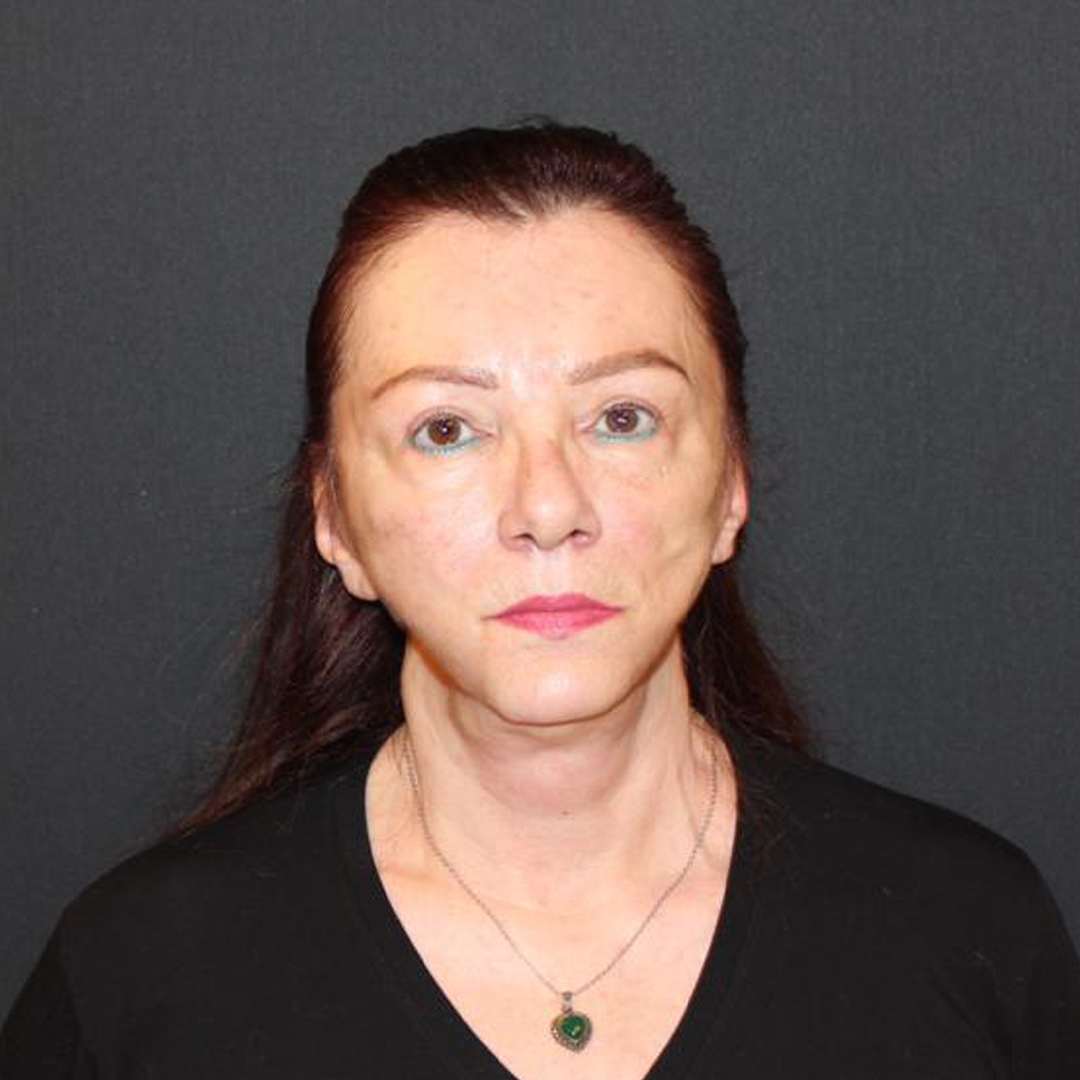

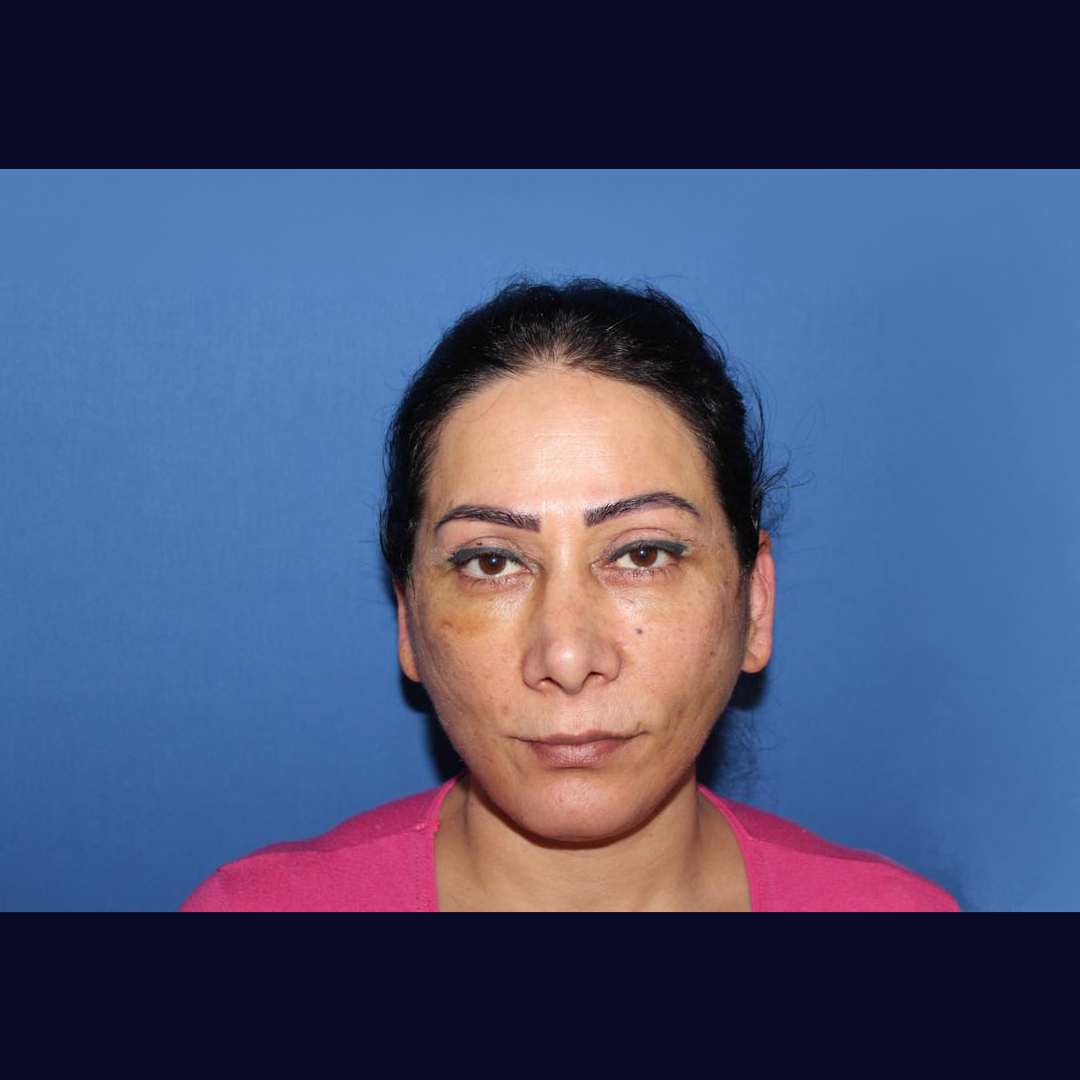
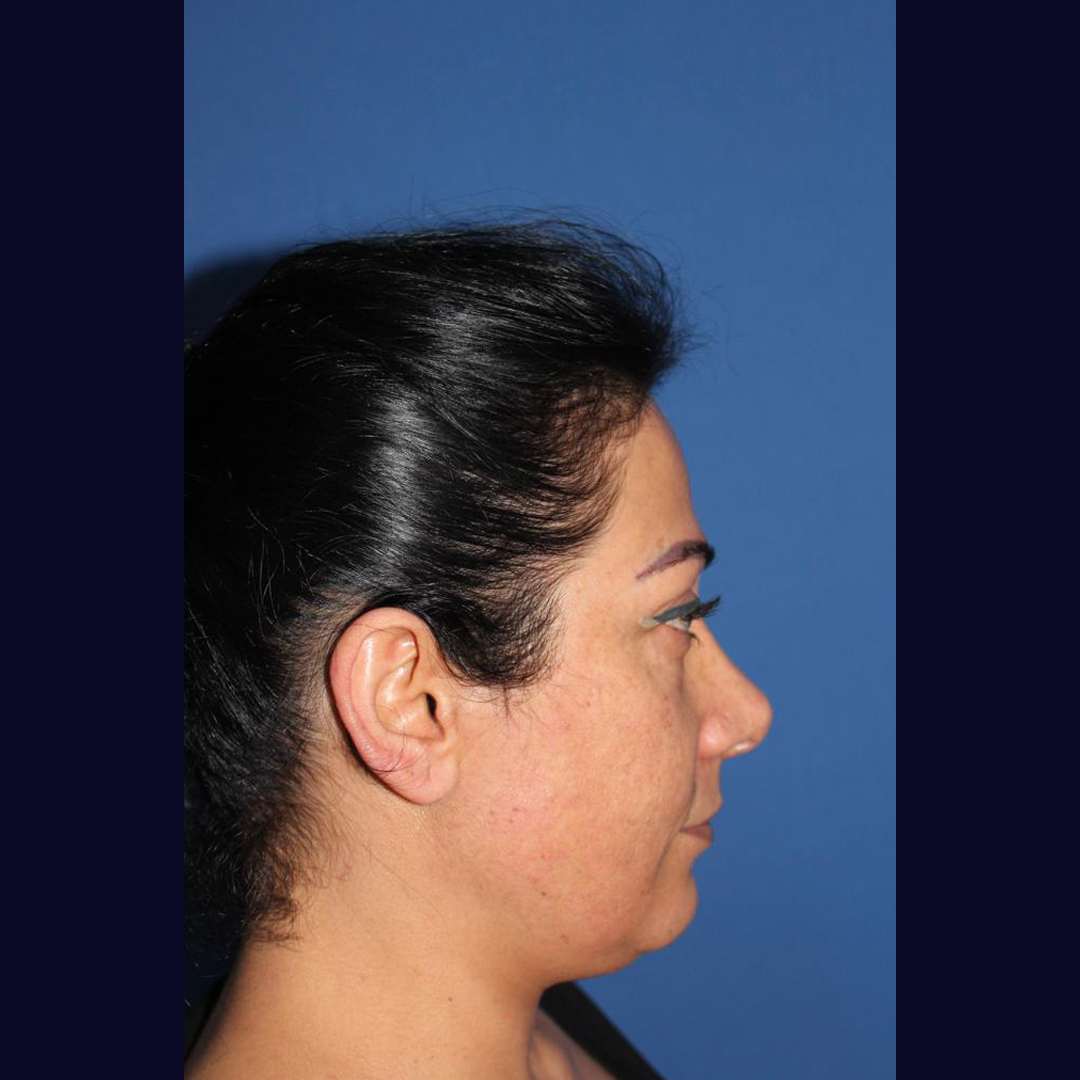
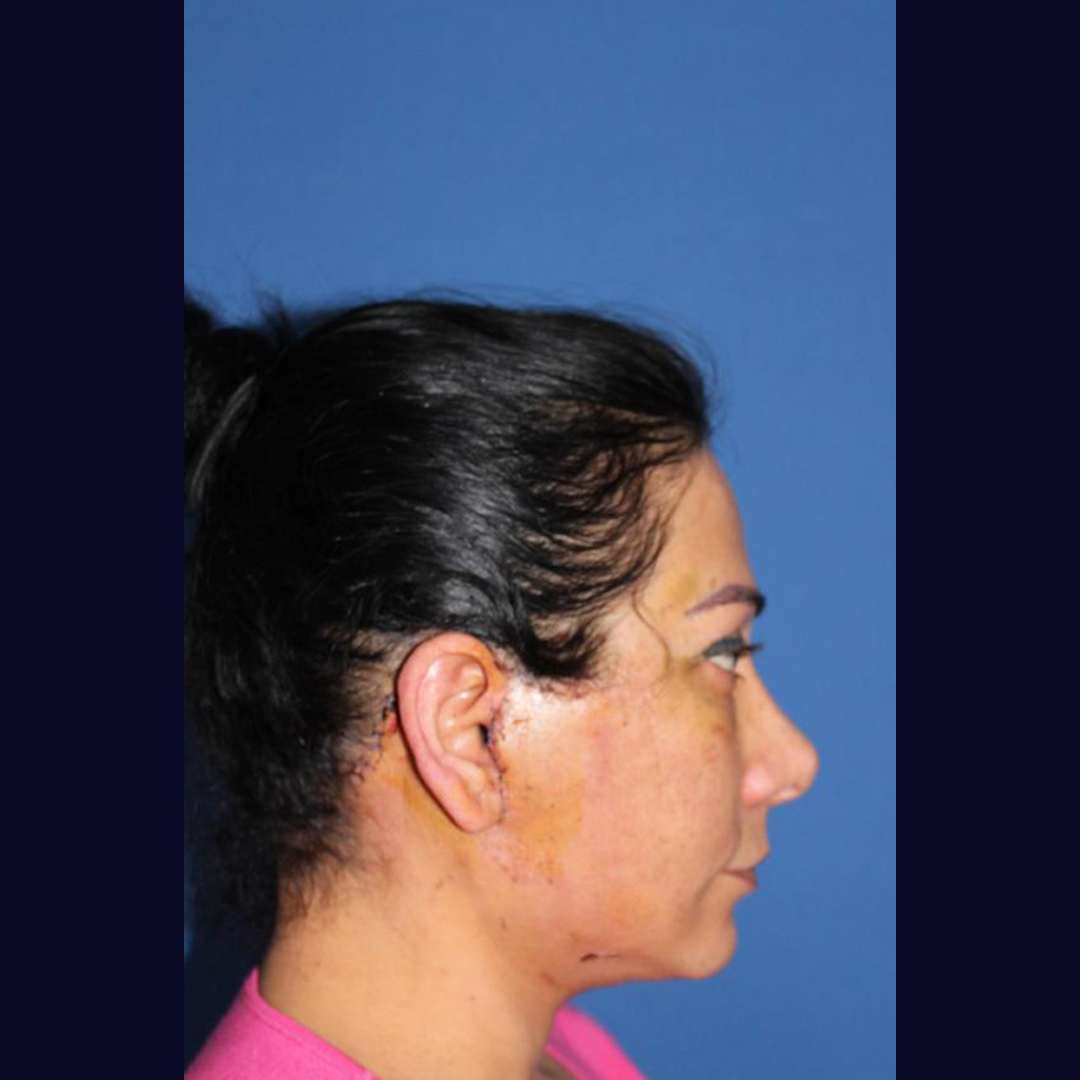
About the procedure that will br performed by Prof. Dr. Fatih Irmak
There are a few technique options available for your facelift. The ones used will depend on the type of correction you desire and Dr. Irmak would consider the best suitable technique for your need. These techniques include:
- Traditional: Ideal for patients with sagging skin and excess fat
- Deep Plane: Best suited for patients who have damage to the surface of the skin such as smoking wrinkles or scars
- S-Lift: Designed for younger patients who wish to restore volume to their cheeks and have minimal sagging around the neck
- SMAS: For patients with extreme facial sagging caused by weak facial muscles
Who is a good candidate for facelift procedure?
You may be a candidate for a facelift if you are a healthy non-smoker who is interested in rejuvenation of your lower face and neck. Some patients report a “turkey neck” appearance or complain about jowls along the jawline.
Will I Have Any Scarring in the face after a facelift surgery?
Of all the scars you may have from plastic surgeries, scars on the face are the best of the whole body. They are not only well hidden. Most healthy people, surgical scars of a well-performed facelift do not cause any issues.
Facelifts are becoming less invasive and scars fewer. The standard scars of the procedure are short and hidden around the contours of the face, in the front of the ear, under the earlobe and in the crease behind the ear.
Most will be hidden by the hair from day one, and make-up can be applied immediately after the sutures have been removed.
During your facelift surgery
Your surgery will either be performed under IV sedation or general anesthesia. Prof. Dr. Fatih Irmak will place the incisions along the crease where your ear meets your face, so that your scar will be well-hidden once everything is healed. Your incision may extend upward or downward along the hairline. The deep layers of your face will be tightened and extra skin will be removed. The neck is typically tightened through a small separate incision under your chin.
Preparing for facelift surgery
Prof. Dr. Fatih Irmak will give you detailed advice which may include preparation of the skin by applications for a few weeks prior to surgery. The most important advice is for smokers to stop smoking at least for two weeks, but four weeks or longer is better.
You need to avoid drugs such as aspirin and anti-inflammatory drugs and herbal supplements as these all increase the risk of bleeding.
High blood pressure is another risk and should be well-controlled at the time of surgery.
Arrange for a responsible person to collect you from the clinic and stay with you overnight. You will need to return to the clinic for a dressing the next morning.
The results of facelift surgery: Will last forever?
You will always retain the benefits from your facelift surgery. You put the clock back and start again. However, you are up against the continued ageing process. It would be fair to say that, if a facelift makes you appear 10 years younger, you will always retain that 10-year advantage.
There are other factors that determine how long a facelift will last, such as age of the patient and the condition of the patient’s skin. Darker skin that is in a healthy condition will respond better at the time of the surgery, as opposed to fairer skin that has sun damage or is thinner. However, patients who are under the age of 60 typically have the longest lasting results.
The skill of the surgeon and the technique used are also an important factor in the longevity of a facelift. The natural ageing process will continue after a facelift, but with a skilled surgeon and with the proper maintenance you can expect to stay looking 10 years younger than your current age for a minimum of 5 years following the procedure. There are a lucky few who retain all the benefit and never seem to age again.
Prof. Dr. Fatih Irmak may be a very best chance for you!
Double-board certifed plastic surgen Prof. Dr. Fatih Irmak is very experienced in facelift procedures and also performs very special techniques including regenerative and supportive procedures, steam cell fillings, fat transfer to achive mor persistant and natural results.
